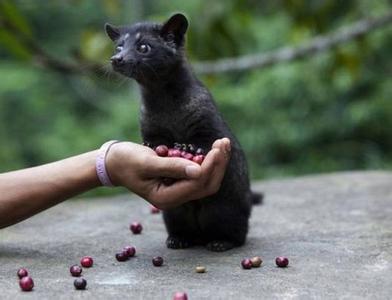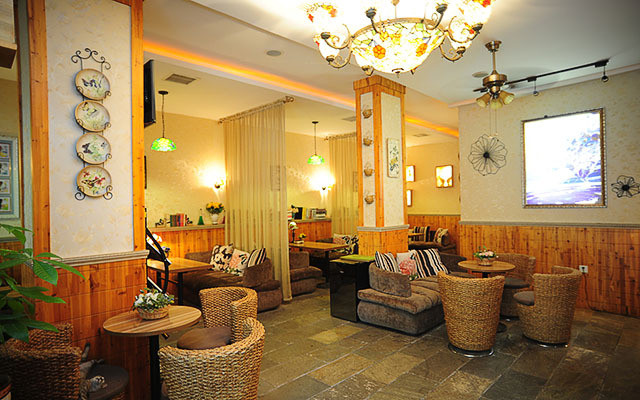Starbucks cashier was fired for embezzlement of customer credit cards
A cashier at a Starbucks store in Lakewood, California has been fired for stealing customers' credit cards.
It is reported that when the customer Juana Martinez (Juana Martinez) checked out at this point on the day of the incident, a young female cashier said that the paper printed on the cashier's receipt had been used up and she needed to pick it up and took the customer's credit card.
The next day, Juana received a text message from the bank saying she had spent $200 (1300 yuan) at a local grocery store, but she didn't actually go to the grocery store. She suspected that the Starbucks cashier had tampered with her credit card the day before, so she went to the grocery store to check it out. Later, sure enough, I saw the cashier enter his credit card number on the monitoring records of the grocery store.
She then went to Starbucks to argue with the cashier, who immediately admitted that he had copied her credit card number and memorized her password when she swiped it, and then bought the goods at the grocery store. She begged Juana not to charge herself, but Juana said she was a mother of two, her husband was a soldier, and it was difficult to support the family on a meagre income, which was used to pay the rent.
Juana later sued the cashier for credit card theft. A spokesman for Starbucks said the cashier had been fired

Important Notice :
前街咖啡 FrontStreet Coffee has moved to new addredd:
FrontStreet Coffee Address: 315,Donghua East Road,GuangZhou
Tel:020 38364473
- Prev

The Origin of "Chinese Pu'er Coffee Cup" in the World siphon Pot Competition
The Chinese Pu'er Coffee Cup World siphon Pot Competition is a grand event for the coffee industry. Pu'er, the coffee capital of China, takes advantage of this event to promote the spread and popularization of coffee culture and to build Pu'er into a world-famous boutique coffee production base and a national coffee industry well-known brand demonstration area. What is the significance of sharing Pu'er coffee with thousands of people in ●? Hundreds of cities, thousands of restaurants and thousands of people share Pu'er Coffee and China
- Next

Villagers in the United States and Mexico first began to drink caffeinated drinks in 750 AD.
Patricia Crown and colleagues used a combination of liquid chromatography and mass spectrometers to analyze organic residues in 177pottery samples found in 18 locations in Arizona, Chihuahua, Colorado and New Mexico. These findings reveal that villagers living in long strips from southern Colorado to northern Chihuahua first began drinking caffeine as early as 750 AD.
Related
- What is the standard process for the purpose of coffee cup testing? What is the difference between hand-brewed coffee and cup testing?
- How to use hand-brewed coffee paragon small golden balls? How does cold coffee lock in the aroma of coffee?
- Is American coffee black? What is the difference between American coffee and drip coffee?
- Unexpected! Well-known tea beverage brand Lele Tea will withdraw from the Zhengzhou market!
- Starbucks enters the fashion and beauty industry?! Netizen: Give me an ice American eye cream
- Why can American refills for free? The difference between Americano and American drip pot coffee
- Being chased out of the rain in front of Starbucks?! Store: Sheltering from rain under umbrellas poses a safety hazard
- The white moonlight has changed?! Lucky launches "Big Winter Pear American"
- Hand-brewed coffee three-stage method, high-sweet and universal brewing method to share! What does the high sweet water level of hand-brewed coffee mean?
- What is the difference between raw, refined and full espresso coffee? How to extract espresso and taste good?

